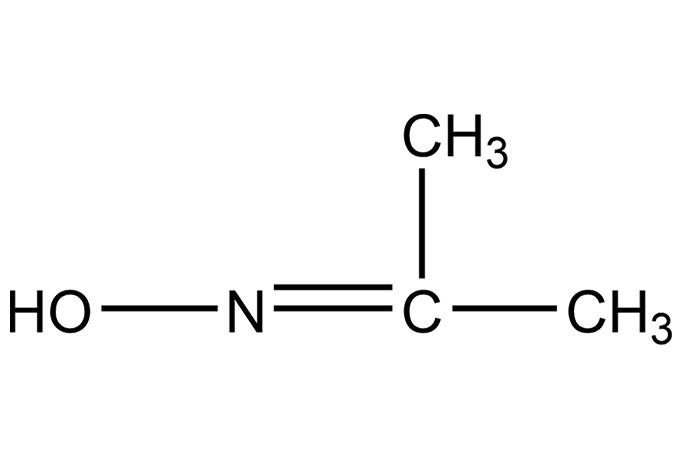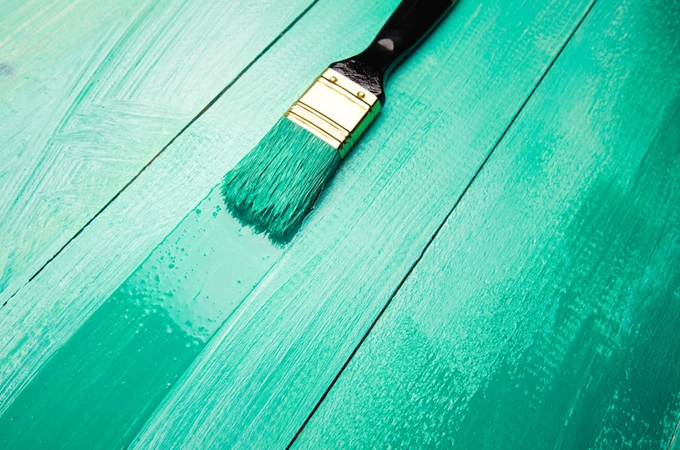In the dynamic realm of textile innovation, a groundbreaking trend is emerging that goes beyond the traditional water-repellent "bead." Powdered water repellents are spearheading a new era in textile technology, offering enhanced performance and sustainability. Let's delve into the fascinating world of powdered water repellents and explore how they are shaping the future of textiles.
Understanding Powdered Water Repellents
Breaking Down the Bead
Traditional water-repellent technologies rely on creating a bead-like surface tension on fabrics, causing water to roll off. While effective, this approach has limitations in terms of durability and sustainability. Powdered water repellents, on the other hand, operate on a molecular level, creating a microscopic barrier that repels water without compromising the breathability or feel of the fabric.
The Microparticle Marvel
At the heart of powdered water repellents are microparticles that form an invisible shield on fabric fibers. This innovation not only prevents water from penetrating the material but also allows for a more even and consistent coverage compared to bead-forming technologies. The result is a textile that repels water in a more efficient and aesthetically pleasing manner.
The Future of Textile Innovation
Sustainable Style
One of the most significant advantages of powdered water repellents lies in their sustainability. As the fashion industry grapples with the environmental impact of traditional water-repellent treatments, powdered alternatives offer a more eco-friendly solution. The application process produces minimal waste, and the materials used in these repellents are often biodegradable, aligning with the growing demand for sustainable fashion.
Versatility in Design
Powdered water repellents open the door to a new realm of design possibilities. Unlike traditional methods that may alter the texture or appearance of fabrics, powdered repellents seamlessly integrate into the material, allowing designers to maintain the original look and feel of the garment. This versatility in design is a game-changer for industries ranging from high fashion to outdoor gear.
Active Lifestyles, Uninterrupted
For those with active lifestyles, whether hiking, running, or simply navigating a rainy urban landscape, powdered water repellents offer unparalleled protection. The technology ensures that clothing remains dry and comfortable, providing a barrier against the elements without sacrificing mobility or breathability. This makes powdered water repellents ideal for performance-driven apparel.
Embracing Change: The Industry Shift
Collaborative Innovation
As the textile industry pivots towards sustainable and efficient solutions, collaborations between researchers, manufacturers, and fashion designers are becoming more prevalent. Powdered water repellents epitomize this collaborative spirit, with experts from various fields working together to refine and implement this transformative technology.
Consumer Demand and Ethical Choices
With consumers becoming more conscious of their environmental impact, brands that adopt powdered water repellents are meeting a growing demand for ethically produced and sustainable products. As consumers increasingly prioritize eco-friendly choices, the adoption of powdered repellents becomes a strategic move for companies looking to stay ahead in a competitive market.
The era of powdered water repellents represents a paradigm shift in textile innovation. Beyond the bead, these microscopic marvels are redefining how we approach water repellency in fabrics. With their sustainability, versatility, and ability to enhance active lifestyles, powdered water repellents are not just a trend; they are a fundamental evolution in the way we think about and design textiles. As the fashion and outdoor industries continue to embrace this technology, we can look forward to a future where our clothing not only looks and feels great but also performs at the highest level, even in the face of the elements.
 English
English 日本語
日本語 한국어
한국어 français
français Deutsch
Deutsch Español
Español italiano
italiano русский
русский português
português العربية
العربية tiếng việt
tiếng việt

